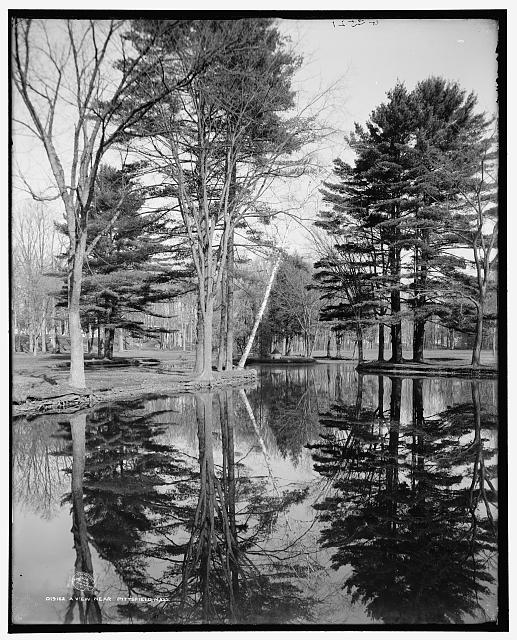
On June 11, 1805, a baby named Amos was born to Revolutionary War veteran Aaron Miller, Jr. and his wife Bethiah (Dewey) Miller. Aaron and Bethiah had gotten married on June 19, 1783 at the First Church of Pittsfield, located in Pittsfield, Massachusetts, and this fruitful couple ultimately had twelve children. A daughter named Clarissa was born first on June 6, 1784 with Amos being the last child born—with seven sisters and three brothers born in between. Perhaps unusual for this era, ten of the twelve children lived to adulthood, including Amos, the father of Wells Waite Miller.
More About Aaron’s and Bethiah’s Children
I’ve not discovered much about Amos’s childhood years although his older brother Dewey (a name surely selected in honor of their mother’s last name at birth) provides glimpses of family life with Aaron and Bethiah.
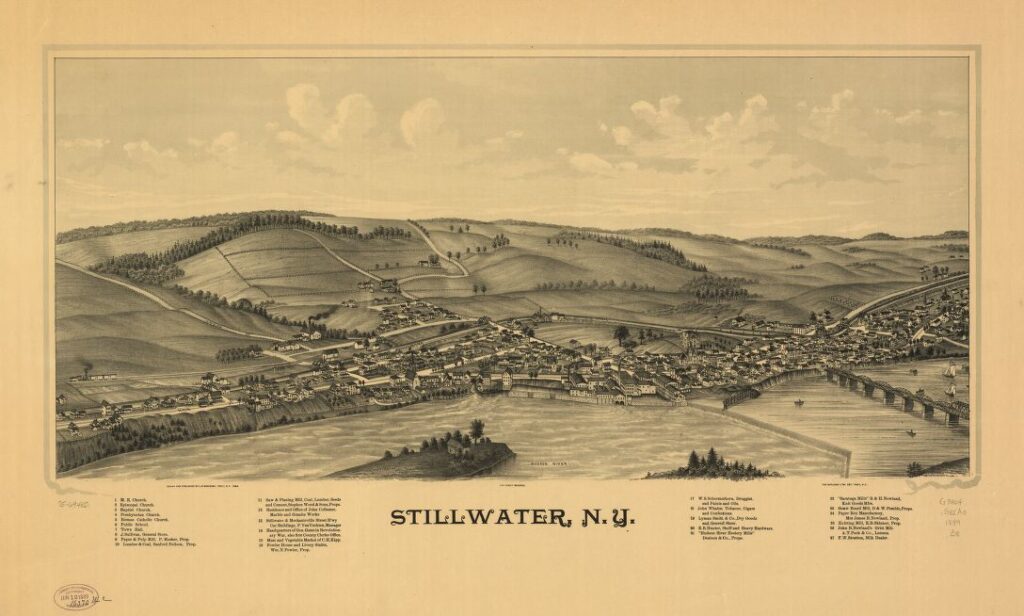
Dewey lived to be 100 years old and, in an interview in the Batavian on October 22, 1877, he reminisced about his father serving as a soldier in the Revolutionary War. He notes how his father had fought at the Battle of Saratoga in Stillwater and worked as a blacksmith, “with whom I worked, making hoes and other tools.” According to this article, Aaron moved to Remington, New York in about 1792 and, in 1800, to “Brookfield, Madison county.”
As for Dewey, he “came to Byron [New York] in 1811 with an ox team and sled, the journey requiring almost two weeks.” He bought a piece of land for $50; sold it for the same amount; and then bought a different piece of land where he stayed.
Story of Amos Miller
Going by this timeline, Amos Miller was born in New York, not Massachusetts, and I can read “Madison County” by the birth information on a picture of his tombstone. I’ve been able to pick up his story when Amos married a woman named Emily Graves, a Christmas Day baby who was born in 1801 in Preston, New York in Chenango County, making her about four years older than her husband.
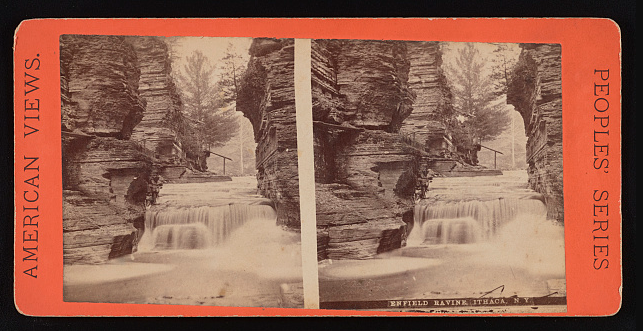
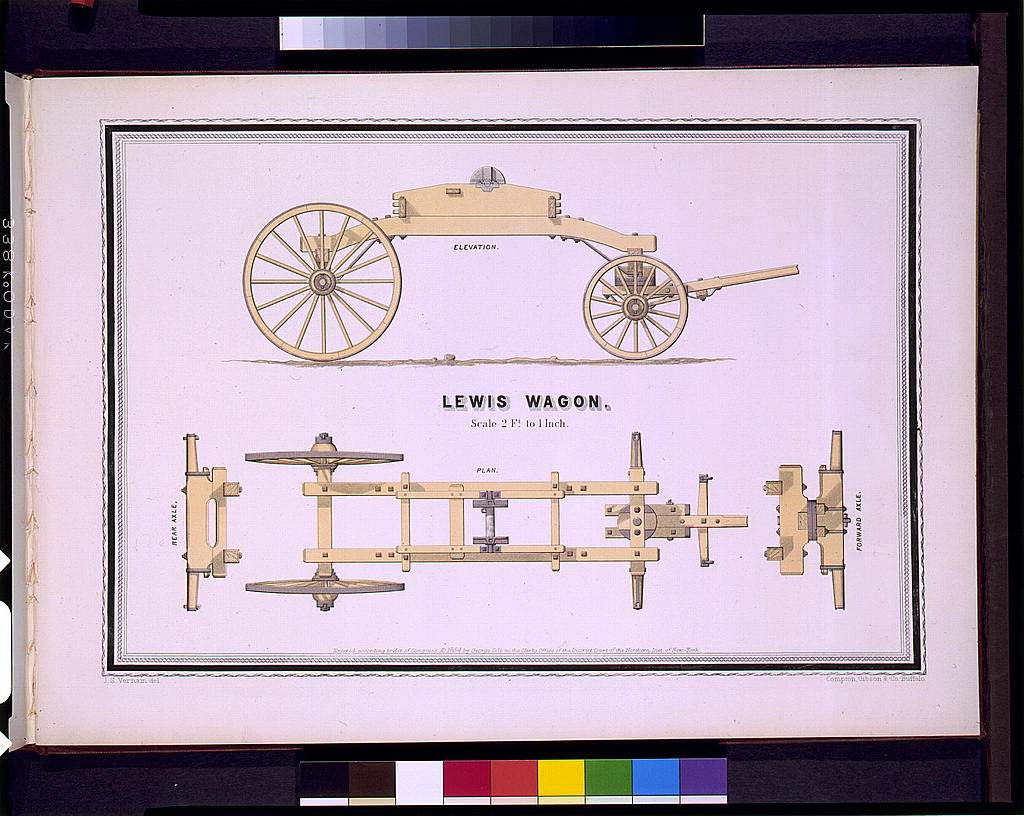
In Enfield, Amos worked as a wagon maker. This job was considered indispensable in 19th-century America because farmers, craftsmen, and more depended upon their wagons to transport goods across primitive roadways so they could earn a living—and wagon makers were equally as vital to people needing these transported goods. In more modern lingo, Amos played a key role in that era’s supply chain.
Often, in this era, a wagon maker was a skilled artisan who lived close to the customers whom he served, offering either a niche specialty or a broader set of wagon-related skills. So, although Enfield records from this time period do not seem to mention Amos and his family specifically, the work that he did was crucial in agricultural areas, even more so before railroads existed in a region.
Graves Family Challenges
While living in Enfield, Amos and Emily were to experience many tragedies, although not necessarily ones that many other people of their time and place wouldn’t also need to endure. In fact, Emily was born into a household where a pall of grief may have shadowed daily life.
Her father, Lucius, was born on February 5, 1776 at South Hadley, Massachusetts, the oldest son of Aaron and Sarah Morton Graves. Lucius married a woman named Emily Smith on April 17, 1797 and, several months later, they had a child named Spencer, born on December 9, 1797. As was all too often the case, Emily died shortly after childbirth, leaving Lucius with a baby to raise.
Perhaps Emily’s sister, Submit, helped with the child and other household tasks. That seems likely since, a couple of years later—on December 18, 1800—Lucius and Submit married. Not much is known about Submit’s early life, other than how she was baptized on May 8, 1774. (Although Submit’s name may sound old-fashioned today, Puritans often named their children after Biblical virtues they wanted them to embody, with “Submit” being a name used for both males and females.)
One year later, Submit gave birth to Emily, a baby girl she almost certainly named after her deceased sister. The couple went on to have several more children, including a daughter, Theda, and then four sons: Paul Smith—the name of Emily’s and Submit’s father—Lodowick, Quartus, and Rufus. The baby of the family was another girl, one named Delia.
Tragedy struck again in 1829 when Lodowick died just after his 20th birthday. At that time, Emily may have been pregnant since she gave birth to her first child, a son, in 1830—one she named Lodowick. Around 1835, Emily gave birth to a daughter, naming her Delia, mostly likely after her youngest sister. In 1836, a second daughter, Helen, was born and, in 1838, another son, Amos.
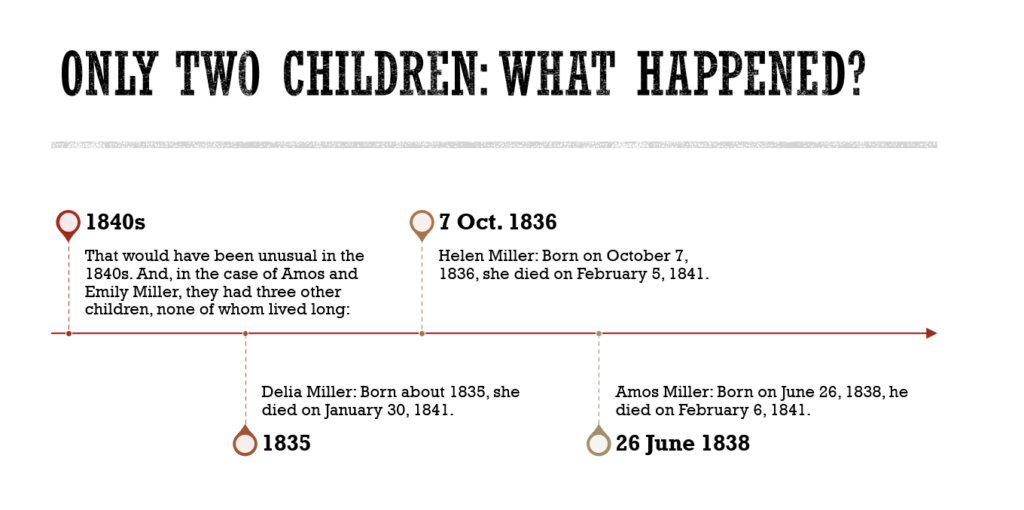
Tragedy Strikes the Miller Family
The year 1841 was a horrific one for the Miller family with Delia, Helen, and Amos all dying within a span of one week. This may have been the result of an illness outbreak because, out of a list of 275 graves in the Enfield Village Cemetery (also known as the Presbyterian Cemetery), there was a cluster of deaths around that time, mostly of young children or older adults, that could be suggestive of infectious disease.
They include James Baker (d. December 5 1841 at 80 years of age); Lawrence Bostwick (d. January 3 1841 at two years of age); Anna Irena Bradley (d. January 12 1841 at three years of age); Richard MK Newman (d. March 1 1841 at five months); Gurnsey Starr (d. January 13 1841, age unknown); and Wilmot Young (d. in January 1841 at age three).
Epidemics recorded in New York City during the 1830s and 1840s include cholera, smallpox, and typhoid with any one of these deadly diseases a possible culprit for the deaths of the youngest three Miller children and the other people named.
Just a couple of months after the Millers lost three young children, Emily became pregnant for the last time and would give birth to a baby on February 20, 1842: Wells Waite Miller.
Wells Waite Miller: Exploration of His Life and Times
I’d like to share my research about Wells Waite Miller from Castalia, Ohio with you. Although I’ve written the material in the order in which I’ve found research material, I now roughly have the posts in the order in which the events occurred.
Blog posts I’ve written on the subject so far include:
- Wells Waite Miller’s America
- Thomas Miller: Ancestors in England
- Great Puritan Migration
- Scandal in the Colonies
- Calm in the Eye of the Storm
- Aaron Miller: Born Under the Drumbeats of War
- Grandparents, Parents, and Siblings (current post)
- Enfield, New York
- Ohio Bound
- Oberlin Years: Fierce Debates About Abolitionism
- Enlisting in the Civil War
- A Look at Lodowick G. Miller
- Captured: Camp Parole
- Marching Towards Gettysburg
- Picketts Charge and 43 Bonus Years
- Glory Days to Invalid Corps
- Castalia Massacre
- Calvin Caswell
- Calvin Caswell, Continued
- Obed Caswell And Walter Caswell: Story of Brothers
- Miller Family Mystery Solved?
- Miller Family Mystery Solved, Part Two
- Amos and Corinne Miller
- Oscar Schultz Kriebel, Part One
- Oscar Schultz Kriebel, Part Two
- Oscar Schultz Kriebel, Part Three
- Oscar Schultz Kriebel, Part Four
- Erie County, Ohio for Congress
- Wells Waite Miller: Republic Candidate for Ohio Governor
- Ohio Antietam Battlefield Commission
- “Speaking the Names: A Tale of Two Brothers” at Ashland University’s Black Fork Review
I invite you to become part of this journey, sharing my posts with people who enjoy reading historical biographies.
If you read this material and have additional information that’s directly tied to Miller or sets context about his life—or you’ve spotted errors—please email me at kbsagert@aol.com.